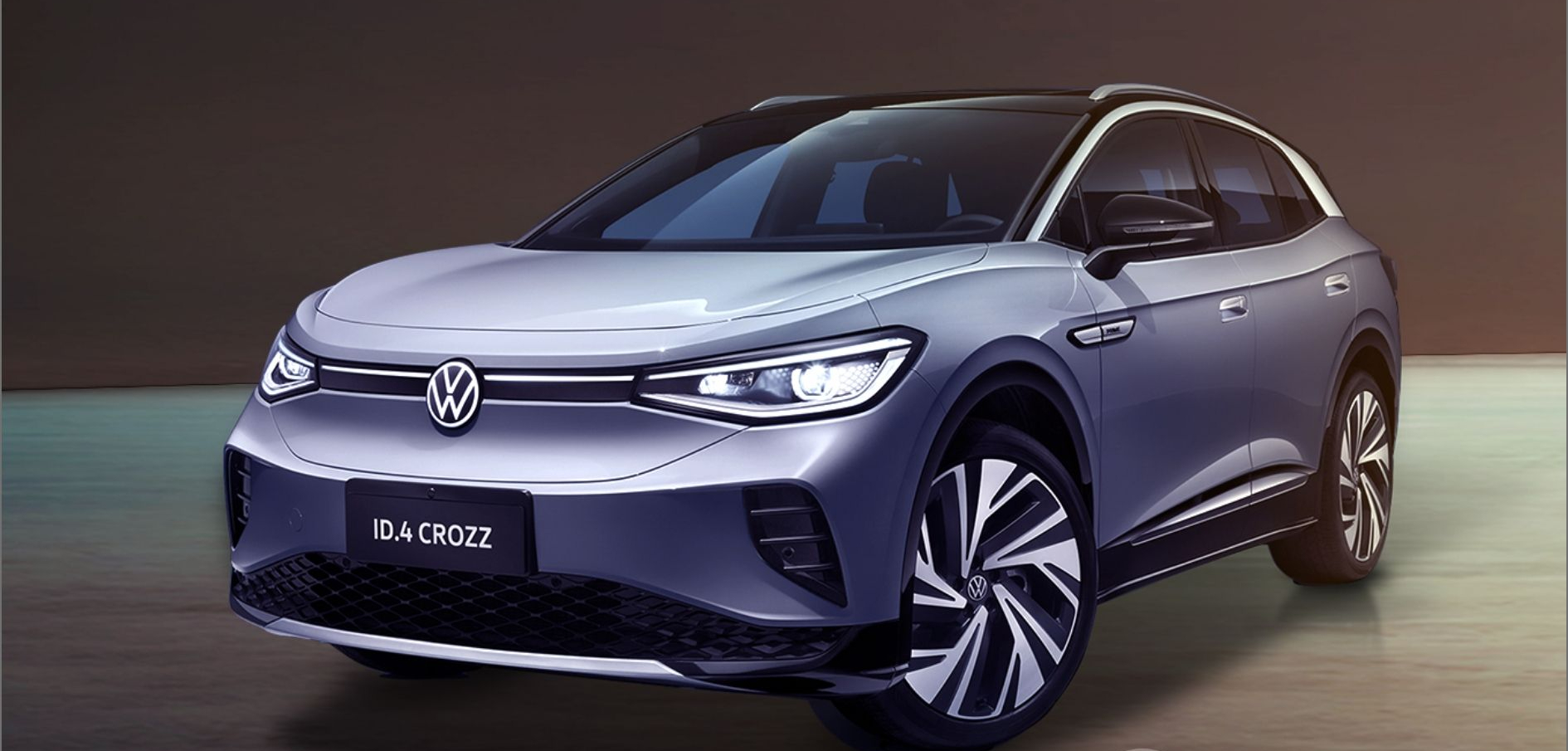Drive the ID.4 to explore the world, and give me more trust
Firstly, I would like to thank the 42nd garage, which gave me enough time to experience the ID.4 electric vehicle, and made it possible for me to write this summary of my experience.
In just 4 days, driving a total distance of over 1000 km, it can be considered as breaking my own record for the longest distance traveled in a pure electric car. During the drive, I played two roles at the same time: one was to examine the product and technology of the car from the perspective of benchmarking products and technologies, and to explore the product design highlights and technological highlights of this car. The other was that Garage 42 constantly “reminded” me to put myself in the shoes of a user, the user of the car, to experience the driving experience, praise the advantages, and criticize the disadvantages. Therefore, if we look at this car from the perspective of a user in today’s market environment, my conclusion is: it is easy to use and meets its product positioning and identity, it is not outstanding but not out of date, and the first attempt by the public did not go wrong.
Actually, the biggest feature of a car is its selling point, that is, the point of marketing promotion. When I got this car, I asked Garage 42 what is the biggest selling point of this car, and the feedback I got was accurate endurance. That is, the whole endurance management of the battery is very accurate, running as much as possible without exaggerating. This is really a reliable point. When people talk about electric cars, new energy electric cars, besides the inherent anxiety about endurance, there is also the difference between the displayed endurance and the actual endurance. Therefore, I started paying attention to the estimated and actual endurance performance of the car since the moment I got on the car. Since the journey plan mainly involves expressway routes, the evaluation is more focused on endurance performance on the expressway. The journey is from Jiading, Shanghai to Wuhu, with a total distance of 338 km according to the map. Garage 42 suggested that I try to charge once midway, at the He Ye Shan service area in Nanjing.

When charging in the morning, the fast charging reached 91%, and the remaining range showed 439 km.
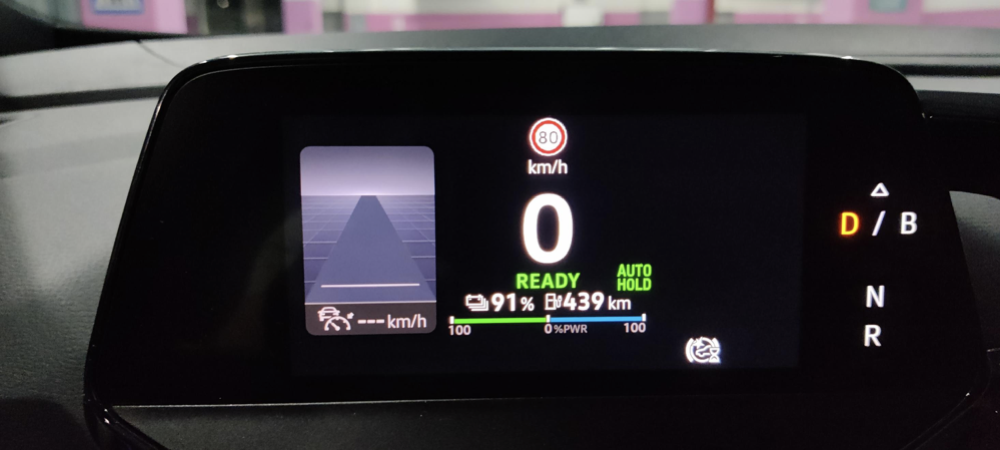
After fully charging the car and packing up, the battery showed 89% remaining with a range of 425 km. When we arrived at the highway entrance, the display showed 410 km, and we had actually driven 10 km. This short-range performance was decent. On the highway, I turned on the cruise control (which was the main point of trying it out) and set the speed to around 120 km/h. Since Volkswagen has incorporated the ACC and lane-keeping system into one button and put it on the steering wheel, it greatly increased the ease of use. It’s a great design because, as you may know, nowadays, new players in the automotive industry are trying to break through with intelligent driving. For an old-school car company like Volkswagen to make progress in this area is commendable.
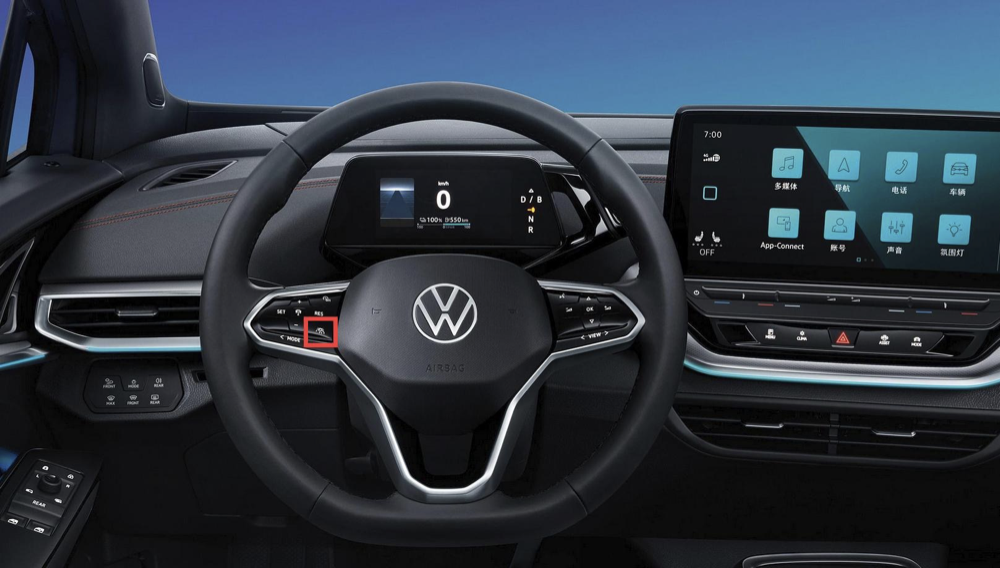
Function can be activated at any speed, even at a standstill. The minimum speed is 20 km/h, and each time the touch button is pressed hard, the speed increases by 10 km/h. The maximum speed is 180 km/h. Don’t ask me how I know, I found out by trying it out on the highway. When the speed reached 140 km/h, I dare not let the car accelerate anymore. It was too fast, and this point is really German. Currently, all domestic auxiliary driving still has the upper limit of lateral assistance for vehicle speed. However, it is strange that Volkswagen’s marketing did not mention this point to everyone. This is a manifestation of ability. Volkswagen’s auxiliary driving system is called Traffic Assist. When there is a lane line, especially a clear lane line at high speed, the control force of the lane keeping on the steering wheel is stable, giving people a sense of trust and security at high speeds, which is very similar to Volvo. It is currently the most deeply perceived lateral control of auxiliary driving. At the same time, it can display 3 or 4 lanes and their lines, and can also detect and display targets in front of the vehicle, which is Volkswagen’s first attempt on HMI. Although compared with the displays of these new domestic forces, this HMI may seem a bit outdated, but the information is sufficient, without too many fancy decorations, and is simple and practical. On the one hand, I feel that European car manufacturers have begun to pay attention to interaction in their designs, and on the other hand, they never interfere with the driver. Safety is the most important thing.
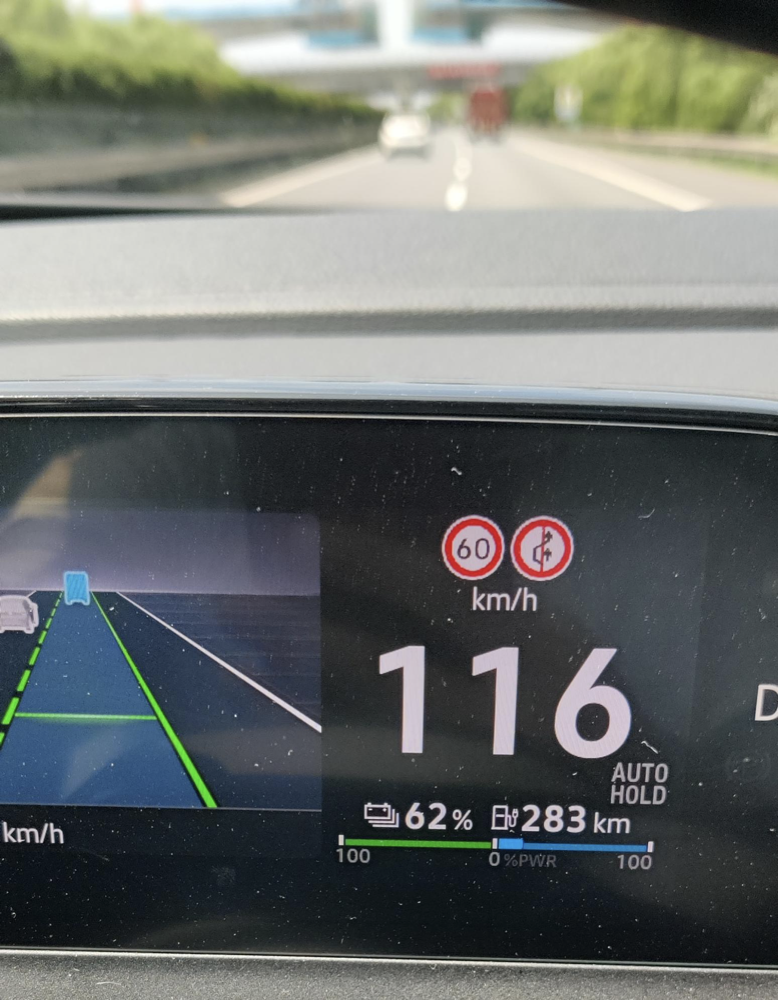
Once you establish trust with the assisted driving, you can take a sneak peek at the scenery outside within a certain time frame (perhaps a brief 10 seconds), so that your journey is no longer solely for the sake of getting there, but rather to feel the road and appreciate the beauty.
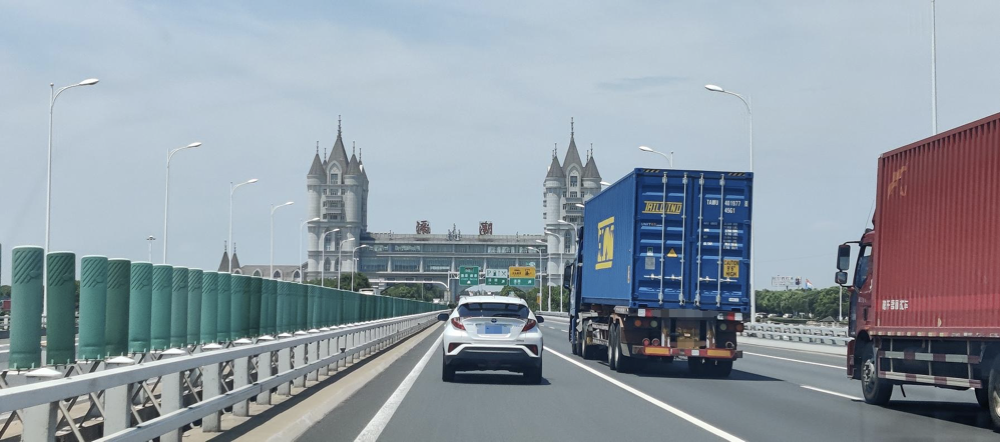
Of course, don’t worry. If your hands leave the steering wheel for a certain period of time, the system will remind you with 3-level sound and image to put your hands on the steering wheel. This process takes about 25 seconds. Otherwise, the system will exit. So it’s still important to keep your hands on the steering wheel. This is something that needs to be taken into consideration more in terms of interaction than other ordinary driving assist systems on the market. When we arrived at the service area, the display showed that there were still 79 km and 18% of electricity left. I was quite worried while driving on the highway. Once I miss a service area, I’ll be in trouble with the remaining electricity. The service area had 8 charging piles, but only 4 of them were available and they were all fully charged. I had to wait. Fortunately, I was lucky enough to find a car leaving when I arrived. I quickly parked my car and started charging to give it new life. The actual driving distance for the whole journey was 270 km, and it was in D gear mode throughout the journey. It lost about 330 km of battery during the trip, with an efficiency of 82%. It was actually a good performance at an average speed of 120 km/h. Of course, charging itself is not an easy task. This is actually not related to the vehicle, but to infrastructure. Charging cables are heavy and not easy to handle, especially for girls. Moreover, charging failures may occur and you have to unplug and re-plug them, which will reduce the charging experience.

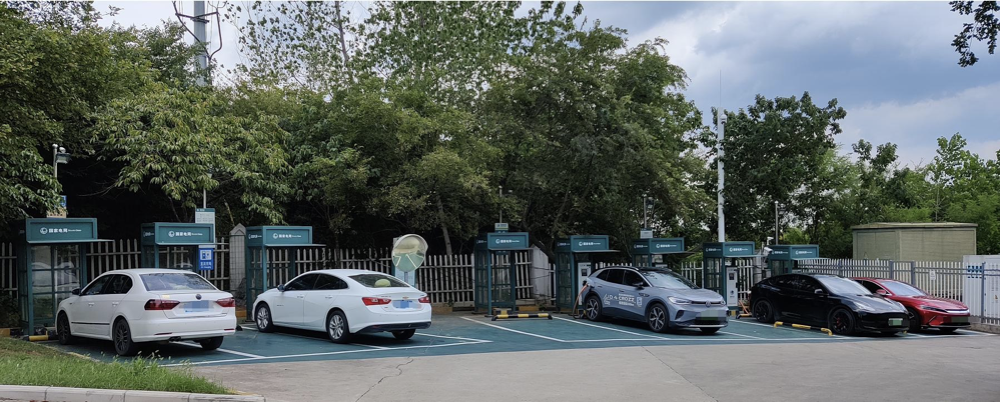
In urban driving, some small tricks can be highlighted. ID.light strip can provide information to assist in navigation during turn-by-turn, and can give me a good warning effect by flashing the strip when triggering some collision warnings. The combination of lights and safety is an advantage of Volkswagen. After all, ID.light is also a feature point of Volkswagen’s promotion. We must mention this capacitive steering wheel, which impresses me deeply. I use ACC more frequently because of the heavy traffic in the city. Therefore, it is common for ACC to follow and stop. Now, for most ACC systems, after a certain period of time, the driver needs to step on the accelerator or electric pedal to resume following, but Volkswagen’s system does not require this. Within a certain period of time (less than 1 minute), as soon as ACC stops and the vehicle in front leaves, just put your hand back on the steering wheel to resume driving (it will restart the countdown within 60 seconds), which is very convenient. The ACC function is made coherent, and the vibration feedback of the button gives the driver confidence in setting the ACC cruise speed, making it clear that the system has responded. Moreover, in terms of horizontal control, as long as the driver holds the steering wheel to ensure that his hand is on the ring, there is no need to shake the steering wheel by hand as required by some systems on the market now. Of course, with more use, you can feel the small shortcomings of the intelligent driving of this car. When the target vehicle leaves the lane at low speed turning, releasing the target at a slow speed causes a long time parking (more than 5 seconds), which is not humanized. The scene reproduction is high. For example, the taxi has clearly stopped on the side of the road, but the ACC still brakes and stops the vehicle. Finally, it was me who stepped on the accelerator to make it go, which was embarrassing.
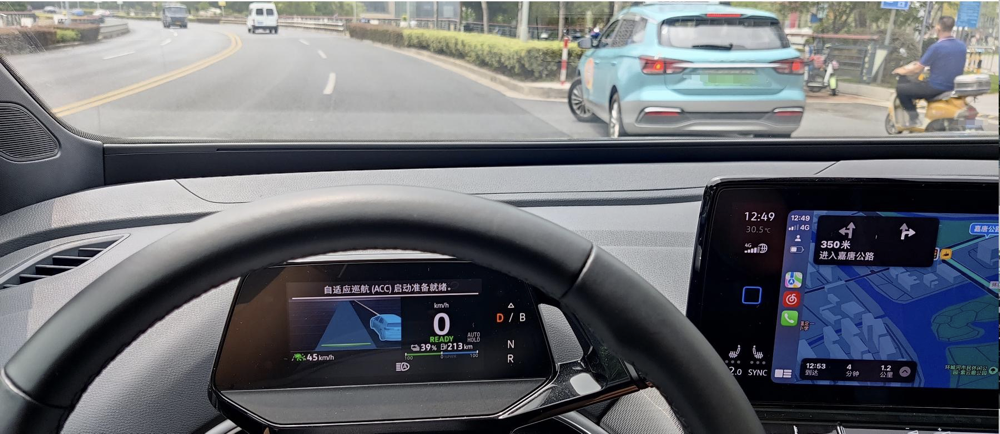
Another thing is that the system’s reaction to the inserted vehicles is slow, and it basically waits for half a parking space for the vehicle to come in completely before slowing down. In China’s road scenes, this scenario needs to be optimized more. When the front vehicle is lost in a bend, it is easy to suddenly accelerate. This is a system boundary that the driver needs to discover and use themselves.
There are also some interesting points. For example, in Wuhu, three-wheeled vehicles often drive on overpasses, and the system recognizes them as large trucks. Since this system was developed by foreigners, such vehicles may be less common overseas.

On the way back to Shanghai on the highway, I charged up to 90%. This time, I was smarter and controlled the speed at 100 km/h, with assisted driving mode enabled throughout the journey, and B gear (with energy recovery) all the way. I did not need to charge the car during the journey and still had 100 km left when I arrived in Shanghai. This was the most impressive point of accurate endurance experience during the entire journey. Confidence was built up from this.
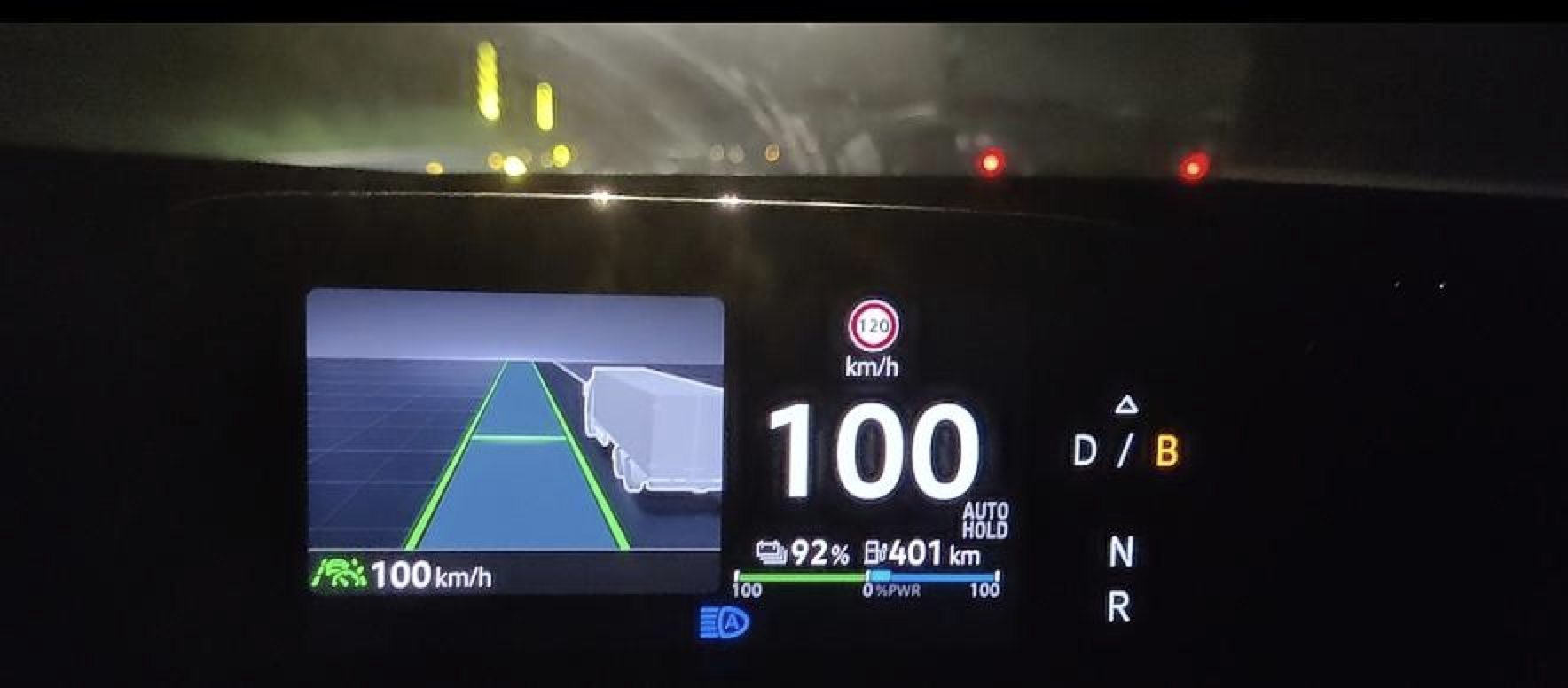
To summarize, during the 4-day trip, I mainly traveled on the highways between Shanghai and Wuhu. I charged the car 4 times, which cost about 235 yuan in total. With a distance of 1,000 km, the cost per kilometer is actually very inexpensive.
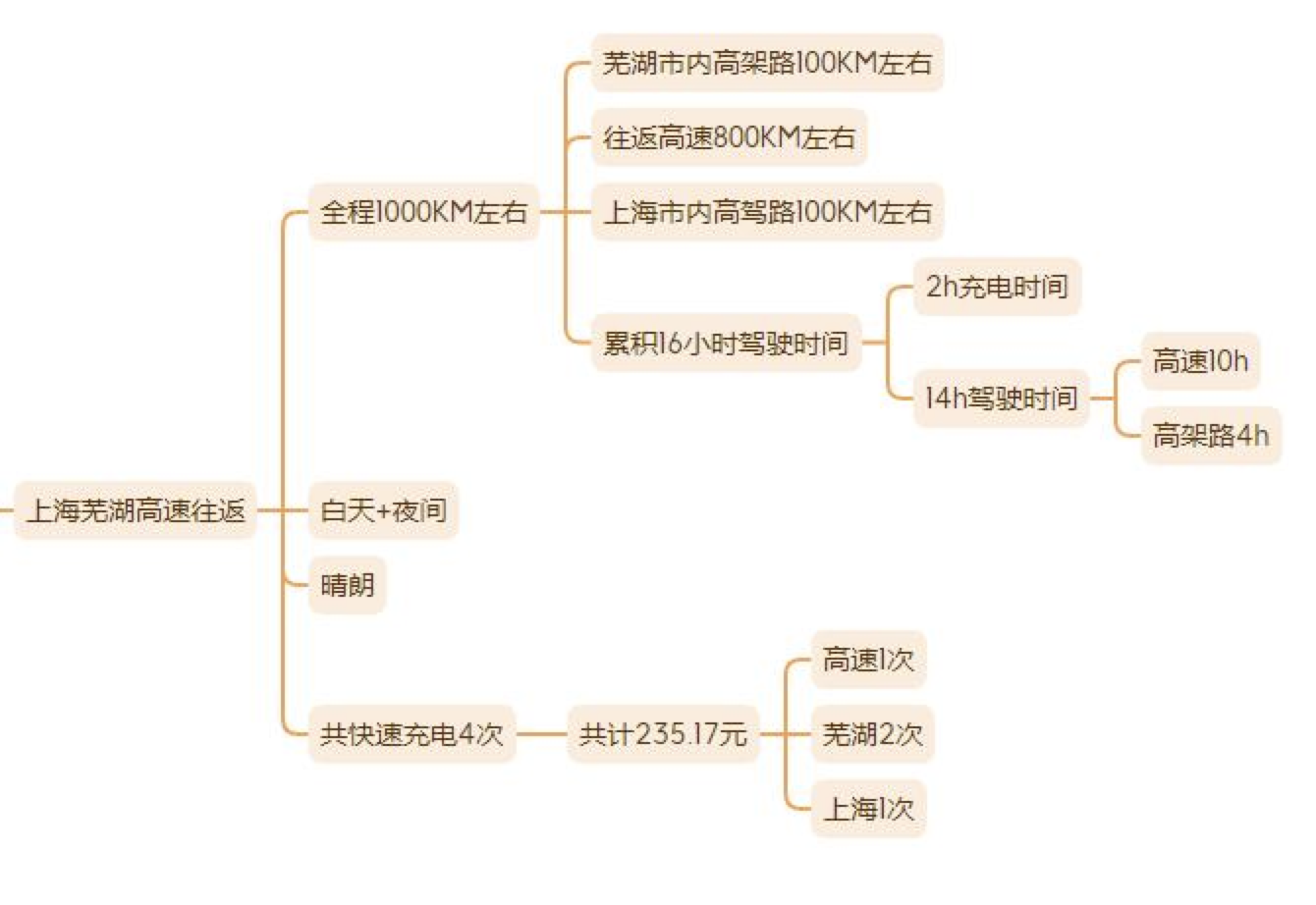
In terms of assisted driving, the overall lateral control is excellent under good lane conditions at both low and high speeds, making it easy to establish trust. However, longitudinal ACC still needs to be improved on city roads, and there is still room for improvement in interaction. The overall experience score is between 70-75, which is consistent with Garage 42’s rating. It is an easy-to-use and practical vehicle for users. The sales volume also reflects the actual product strength of Volkswagen’s first and second pure electric vehicles, which may not be rivals in terms of technology in front of new forces in China, but they have no shortcomings in daily household use and driving experience, even commendable. The overall performance of this car also proves that Volkswagen did not deviate from its pure electric first shot. Diess’s decisions and actions were correct. However, Volkswagen needs to think more about how to iterate quickly because in today’s increasingly competitive industry, cars without highlights will eventually be ignored by consumers. I look forward to the OTA bringing APA automatic parking and lever lane changing before the end of the year.
Appendix: In order to introduce more details of the assisted driving technology products, I made a mind map to help everyone explore the assisted driving of this car from a technical perspective and make a comprehensive introduction. This experience is worthwhile.
This article is a translation by ChatGPT of a Chinese report from 42HOW. If you have any questions about it, please email bd@42how.com.
